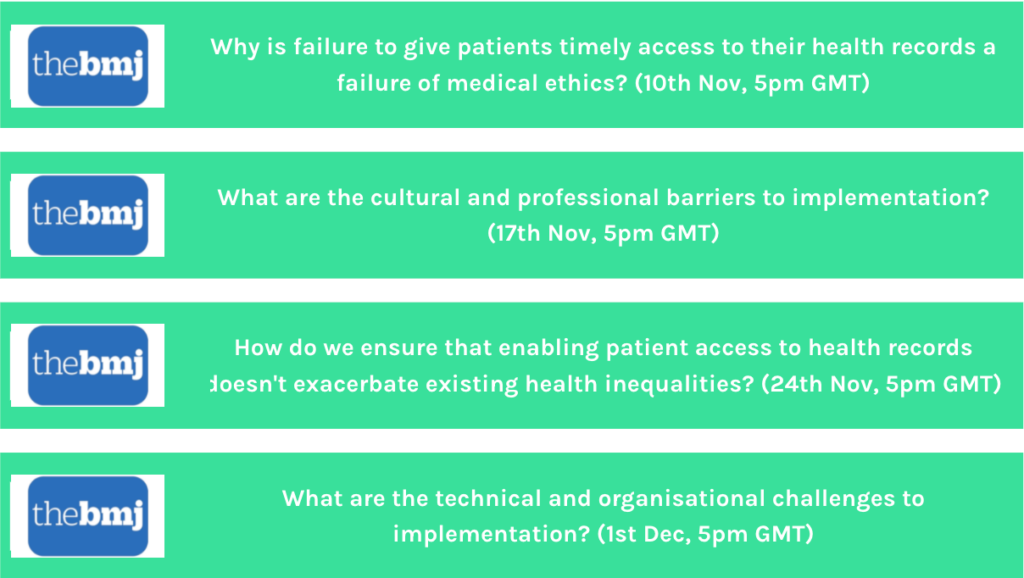I am really irritated. My hospital has told me they’re not supporting the federally required FHIR standard (a “FHIR endpoint”) to let me access my health data. Is this legal??
—————
Important update: a robust Twitter thread is drawing lots of answers on whether this is legal. Some of it is “gray area” but among other things:
- At present, even if their behavior is a violation, there’s no penalty!
- But by end of 2023, if they don’t have this, they might not get any more payments from CMS!
- That’s Medicare and Medicaid, which are about 40% of all US hospital revenue
- There are three separate requirements.
- System vendors are required (today) to offer a FHIR endpoint to their buyers (hospitals).
- Well-known large vendors like Epic and Cerner offer it.
- But Beth Israel Deaconess is its own system developer, and they haven’t created one.
- Care providers (hospitals etc) aren’t required to buy them and offer them to patients (yet)
- But by end of 2023, providers will have to offer this to patients, if they want to get paid by CMS (Medicare).
- System vendors are required (today) to offer a FHIR endpoint to their buyers (hospitals).
—————
Resuming the original post:
[Read more…]



